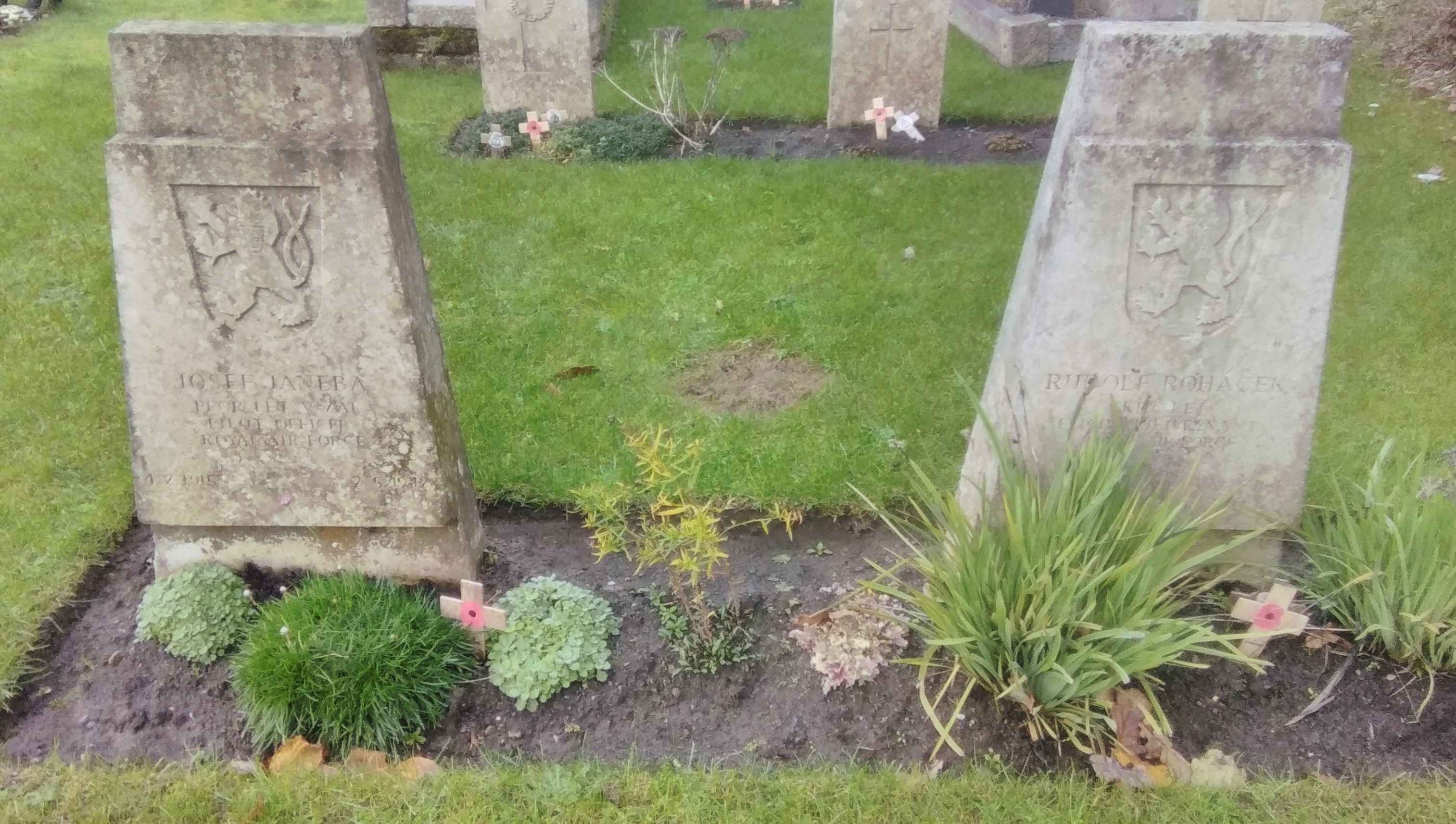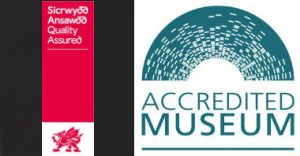By Phil Treseder
Swansea Museum Education & Participation Officer
On the 30th of March 2021, His Excellency, Libor Secka, the Czech Ambassador to the UK attended the Wales V Czech Republic football qualifying match for the 2022 World Cup.
Whilst in Wales he took the opportunity to visit several graveyards to pay his respects to fellow countrymen and refugees to Britain who paid the ultimate price whilst serving in the Royal Air Force (RAF) during World War 2.
The visit included St Hiliary’s in Killay. There are a number of RAF personnel buried there from various countries including the USA, South Africa, Canada and two from the Czech Republic.
Rudolf Rohacek and Josef Janeba were both part of 312 Squadron based at Fairwood Common during 1942.
Rohacek was born in 1914 in Marianske Hory. Following the fall of Czechoslovakia, he joined the Polish Air Force, then the French and finally the RAF. He was killed on the 27th of April 1942 when his Spitfire crashed very near to Axbridge Railway Station.in Somerset. The most likely cause of the accident was oxygen equipment failure.
Janeba was born in 1915 in Kralove. He was killed on the 2nd of May 1942 when another Spitfire caught and broke off the tail of his Spitfire on take-off. He managed to bail out but had not gained enough height for the parachute to work. The spitfire crashed into Kilvrough farmyard, close to the South Gower Road. Janeba kept a diary, and the last entry is written by his friend and fellow pilot, Vojtech Smolik.
“He died in a plane crash on the 2nd of May 1942. He used his parachute, but the crash happened at a very low altitude, so the parachute could not save him. He was my best friend. Honour to his memory”.
The Czech Ambassador also paid his respects to some of the fallen from another Czech Squadron, 311, a bomber squadron based for a while in Pembrokeshire, seconded to Coastal Command. One of the members of the squadron Vaclav Bozdech ended up being a refugee twice. Following the fall of Czechoslovakia he joined the French Air Force. Whilst serving with them he adopted a puppy who he named Antis and on the fall of France escaped with the dog and joined 311 Squadron, where the dog became the squadrons mascot. Unusual for a mascot, Antis went on the combat missions. On his return home, Bozdech had to escape again, this time from the communists and become a refugee for the second time. Antis saved him by first alerting him to a patrol of border guards and later pinning one of them down to allow them to escape and get back to Britain. In 1949 Antis received the Dickin Medal (a Victoria Cross equivalent for animals). In December 2024, the medal sold at auction for £50,000, plus commission.


